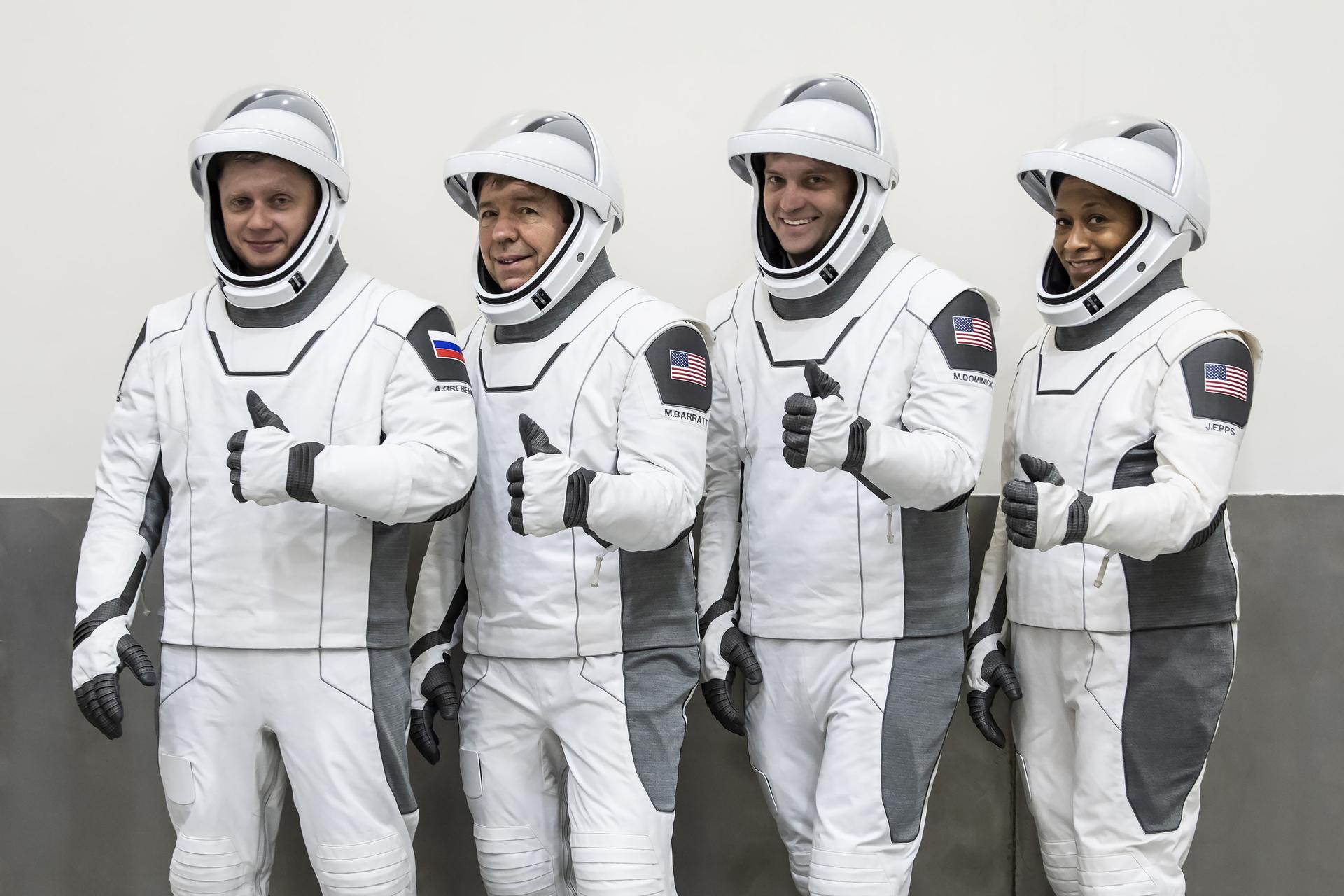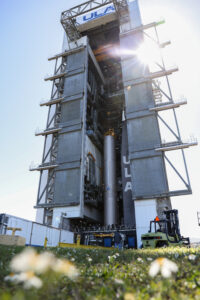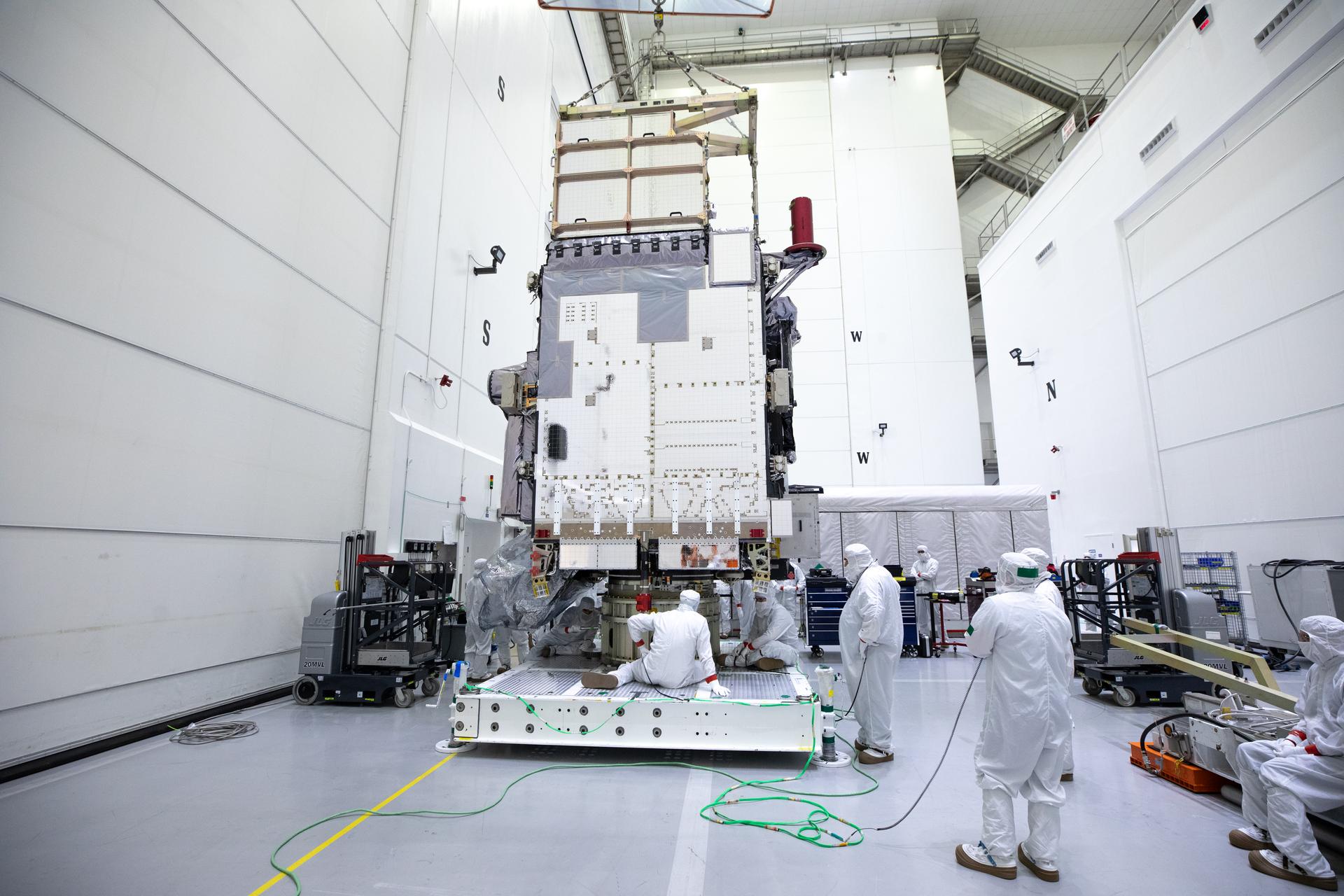NASA and SpaceX now are targeting 10:53 p.m. EST Sunday, March 3, for the launch of the agency’s Crew-8 mission to the International Space Station from Launch Complex 39A at NASA’s Kennedy Space Center in Florida. The launch attempt March 2 was postponed due to unfavorable conditions in the flight path of the SpaceX Falcon 9 rocket and Dragon spacecraft.
NASA will provide coverage beginning at 6:45 p.m., March 3, of the upcoming launch activities for the agency’s SpaceX Crew-8 mission with astronauts to the International Space Station.
The Crew-8 launch will carry NASA astronauts Matthew Dominick, Michael Barratt, and Jeanette Epps, as well as Roscosmos cosmonaut Alexander Grebenkin to the orbital laboratory. The targeted docking time is about 3 a.m. on Tuesday, March 5.
NASA’s mission coverage is as follows (all times Eastern and subject to change based on real-time operations):
Sunday, March 3:
6:45 p.m. – Launch coverage begins
10:53 p.m. – Launch
Following conclusion of launch and ascent coverage, NASA coverage will continue with audio only, with full coverage resuming at the start of the rendezvous and docking broadcast.
NASA Television will resume continuous mission coverage prior to docking and continue through hatch open and the welcome ceremony. For NASA TV downlink information, schedules, and links to streaming video, visit:
12:30 a.m. (approximately) – Postlaunch news conference on NASA TV
- Steve Stich, manager, Commercial Crew Program
- Joel Montalbano, manager, International Space Station Program
- Sarah Walker, director, Dragon Mission Management, SpaceX
Tuesday, March 5:
1 a.m. – NASA TV arrival coverage begins
3 a.m. – Targeted docking to the forward-facing port of the station’s Harmony module
Hatch opening will be approximately 1 hour and 45 minutes after docking followed by welcome remarks aboard station. All times are estimates and could be adjusted based on operations after launch. Follow the space station blog for the most up-to-date operations information.
More details about the Crew-8 mission can be found by following the Crew-8 blog, the commercial crew blog, @commercial_crew on X, and commercial crew on Facebook.










